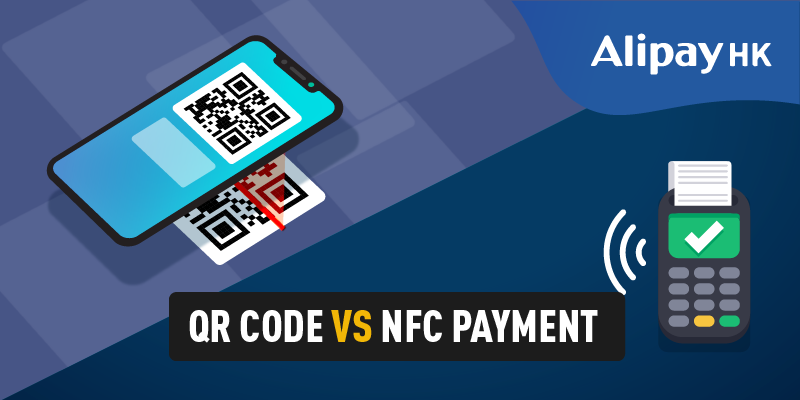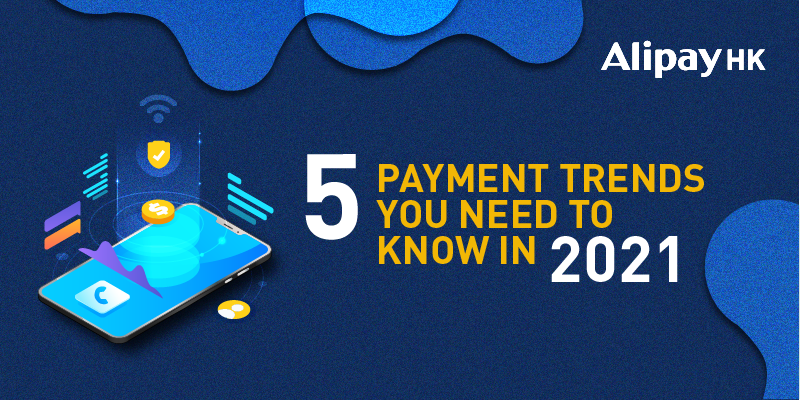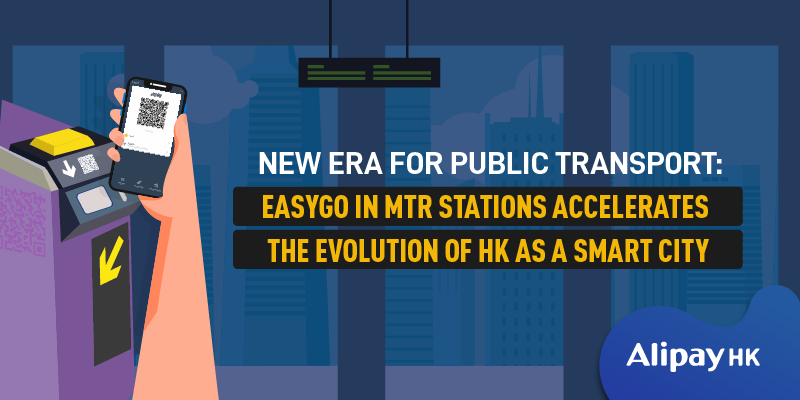QR Code vs NFC Payment
Ever since contactless payment methods have become prevalent in Hong Kong, the use of QR code payment has consistently outperformed the use of NFC payment in a number of ways. To begin with, QR code payment refers to a contactless payment method that makes use of Quick Response codes (QR codes). These codes is a type of matrix barcodes and can store much more information than NFC tags. As for NFC payment, it makes use of Near Field Communication (NFC) tags and radio-frequency technology, encoded microchips are required to allow the transmission of data between the NFC tags and NFC-enabled devices to complete the NFC payment.
Comparing the two rising contactless payment methods, QR code payment can do a lot more with a lower production cost when compared against NFC payment. On top of processing payments, QR codes can be utilized for generating promotional codes and e-commercial coupon codes, offering more discounts and interactions with customers and enhancing marketing effects to business owners. Unlike NFC payment, QR code payment does not require any encoded microchips or plastic cards. In addition, QR code payment can be processed instantly, unlike NFC payment which involves waiting time for the virtual data to be transmitted to and from the payment terminal. The transaction settlement period of QR code only requires 1 day after the transaction completed. As a result, QR codes can be generated more efficiently with a lower production cost, favouring business transactions.
In the meantime, it is much more convenient to the customers and business owners since QR code payments can be completed at their fingertips with a smartphone regardless of geographic boundaries and without the need to tap a plastic card which contains the microchips onto an NFC-enabled device. With “AlipayHK Merchant Code”, the payment collection is independent to the existing cash registers or point-of-sale (POS) system. Merchants can simply paste the merchant code stickers in the store without any installation and additional space for the machine, helping SMEs to improve their market competitiveness and adopt to transformation at a low cost.
Apart from providing in-store checkouts service, AlipayHK hopes to address the needs of Hong Kong people by extending the benefits and applications of QR Code to different areas, including bill payment, wet markets and public transport. With innovative contactless payment solutions, AlipayHK could help merchants to transform digitally and bring a new consumption experience in different areas, providing a secure, fast and convenient way for transaction, leading the industry to develop rapidly and bringing a win-win situation for all stakeholders.
To join AlipayHK merchant network, please click here.






Recent Comments